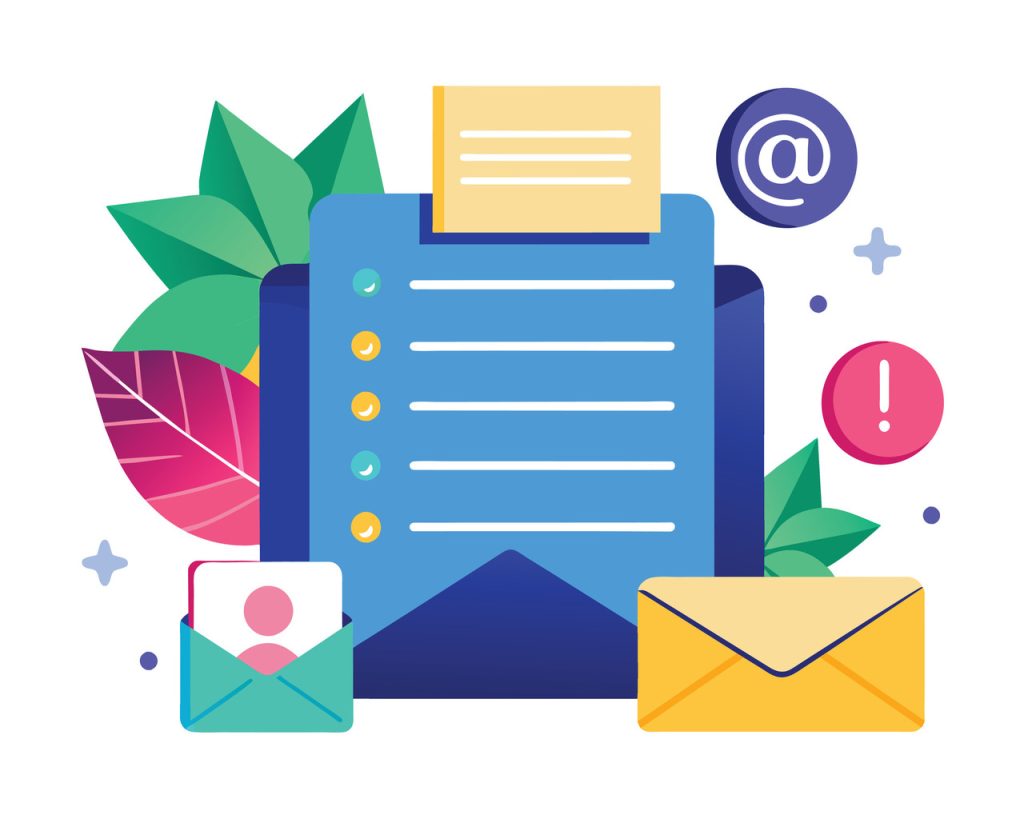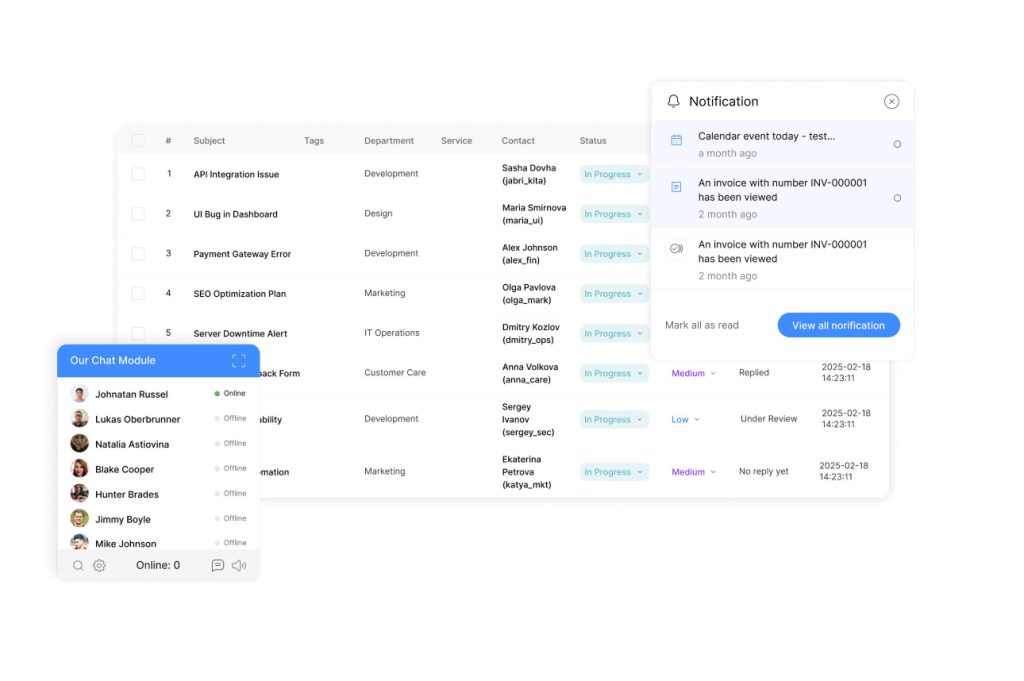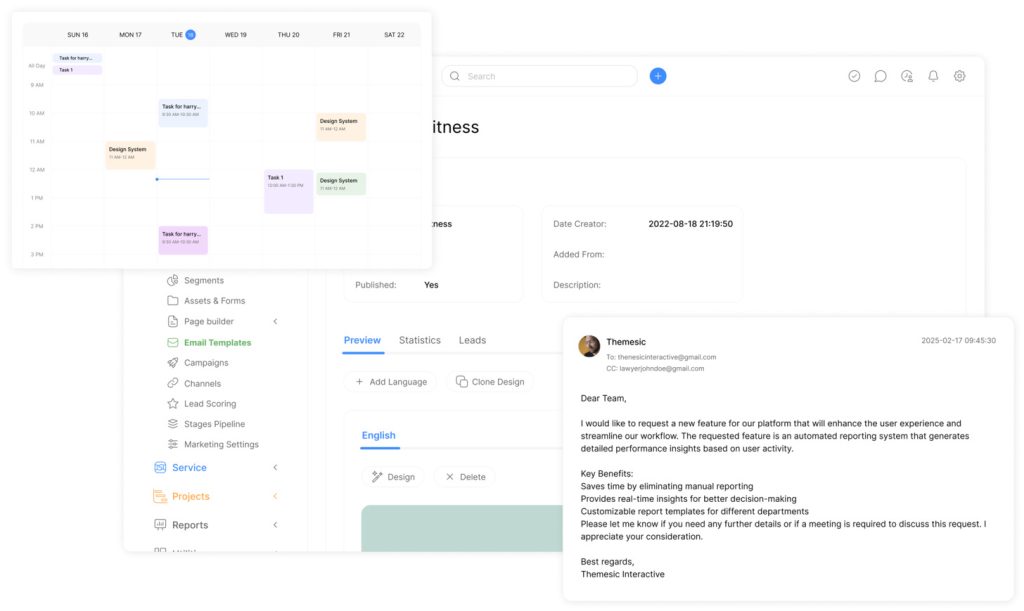New Email Notifications: How to Set Up and Manage

Effectively managing digital alerts is essential for professionals who must balance productivity with timely communication. Platforms like Gmail and solutions such as ClearCRM now offer robust tools to customize alerts across Android, iOS, and web browsers. Users gain precise control over when and how they receive updates—whether through Chrome pop-ups or mobile banner alerts.
Customizable settings allow individuals to filter notifications by account type, sender priority, or specific labels. This ensures that high-priority messages trigger immediate alerts, while routine updates remain silent. Cross-device synchronization ensures consistent notifications, whether working on Safari, Firefox, or a smartphone.
Strategic configuration prevents distraction overload without compromising responsiveness. Professionals can mute non-urgent communications during deep work sessions while maintaining visibility for critical emails. Device-level controls, combined with platform-specific options, create a unified, distraction-free workflow.
Mastering these tools reduces missed opportunities and minimizes interruptions. A well-tuned setup adapts to individual work patterns—transforming email from a stressor into a productivity asset.
Key Takeaways
- Customizable settings enable tailored alerts for specific accounts or message types
- Cross-device functionality ensures consistent updates across browsers and mobile platforms
- Priority differentiation helps maintain focus on critical communications
- Platform-specific controls integrate with device notification systems
- Proper configuration balances responsiveness with reduced digital distractions
Setting Up New Email Notifications on Multiple Platforms
Professionals today require synchronized notification systems that adapt to their device ecosystems. The setup process varies slightly by platform, but the goal remains the same: consistent, efficient delivery of essential messages:
| Platform | Core Steps | Key Features | |||
|---|---|---|---|---|---|
| Android | 1. Open Gmail app | 2. Tap menu > Settings | 3. Select account > Notifications | Per-account customization | Sound/vibration controls |
| iOS | 1. Launch Gmail app | 2. Access menu settings | 3. Enable message alerts | Unified activation | Lock screen previews |
| Web | 1. Open Gmail in browser | 2. Enable desktop alerts | 3. Save preferences | Browser integration | Priority filtering |
Android Device Configuration
Android users benefit from granular control within the Gmail app. Start by tapping the menu icon in the top-left corner. Each Gmail account has separate settings, allowing you to apply different alert rules for work, personal, or project-specific inboxes.
iOS Alert Activation
Apple devices prioritize simplicity. Within the Gmail app, enabling notifications takes just a few taps. These settings apply across iPhone and iPad devices, keeping alerts synchronized for users working across Apple’s ecosystem.
Web Browser Integration
For desktop users, Gmail offers browser-specific alerts in Chrome, Firefox, and Safari. After enabling desktop notifications in Gmail settings, system-level pop-ups keep users updated without requiring a tab switch. This allows a seamless transition from mobile to desktop environments.
Customizing Notification Sounds and General Settings

Tailoring alert systems to individual needs transforms generic pings into productivity enhancers. Platform-specific sound customization gives users precise auditory control across devices.
Choosing and Changing Notification Sounds
Android users follow three steps: open Gmail settings, select their account, and tap Notification sounds. The menu offers 15+ audio options – from subtle vibrations to distinct chimes. Professionals often choose muted tones for office environments while reserving bolder alerts for urgent messages.
iOS configuration prioritizes speed. Navigate to Email Notifications in the app’s settings, then tap Notification sound. The tap none option disables audio completely for visual-only alerts – ideal for meetings or focus sessions.
Adjusting General Notification Preferences
Browser-based settings extend customization to desktops. Chrome and Safari users activate Mail notification sounds through Gmail’s desktop view. The save changes button locks preferences across devices automatically.
- Prioritize high-frequency senders with unique tones
- Schedule sound muting during specific hours
- Differentiate chat alerts from standard messages
Strategic sound selection reduces cognitive load while maintaining awareness. A marketing director might set custom alerts for client emails but disable sounds for internal newsletters. This balance keeps professionals informed without constant interruptions.
Advanced Management for Labels and Multiple Accounts
Sophisticated email organization demands precision tools for modern workflows. Professionals managing complex communication streams benefit from granular controls that align with business priorities. Three strategic approaches elevate standard setups to enterprise-grade systems.
Customizing Notifications for Specific Email Labels
Label-based alerts enable targeted monitoring of critical business categories. To modify settings for certain labels:
| Step | Action | Purpose |
|---|---|---|
| 1 | Tap Manage labels in settings | Access label controls |
| 2 | Choose label (e.g., “Client Contracts”) | Select focus area |
| 3 | Set sync duration (30 days/All) | Enable notifications |
| 4 | Change notification preferences | Finalize priority rules |
This system allows legal teams to receive instant alerts for time-sensitive documents while suppressing non-urgent updates.
Managing Multiple Gmail Accounts
Separate configurations prevent alert fatigue across professional and personal accounts. Each profile requires individual attention in the app’s settings menu. Financial controllers might enable urgent alerts for corporate accounts while muting secondary addresses during audits.
Setting Up High Priority Email Alerts
Gmail’s algorithm identifies crucial messages through user behavior analysis. Activate this override by:
- Opening account settings
- Tapping Email notifications
- Selecting High priority only
Sales teams use this to bypass standard filters when time-sensitive leads arrive, ensuring immediate response capabilities.
Conclusion

Mastering digital alert systems transforms how professionals interact with critical information. Strategic configuration ensures urgent messages break through noise while routine updates wait silently. This balance preserves focus without compromising responsiveness.
Cross-platform consistency remains vital. Whether using mobile devices or browsers, unified settings maintain workflow continuity. Label-specific alerts and priority filters provide surgical precision for managing complex communication streams.
Auditory customization proves equally crucial. Distinct sound profiles help differentiate client requests from internal updates. Professionals can mute non-essential alerts during meetings while keeping vital channels active.
These techniques convert overwhelming inboxes into structured command centers. Properly managed notifications reduce missed opportunities and decision fatigue. The result? Enhanced productivity that aligns with modern work rhythms and professional demands.

